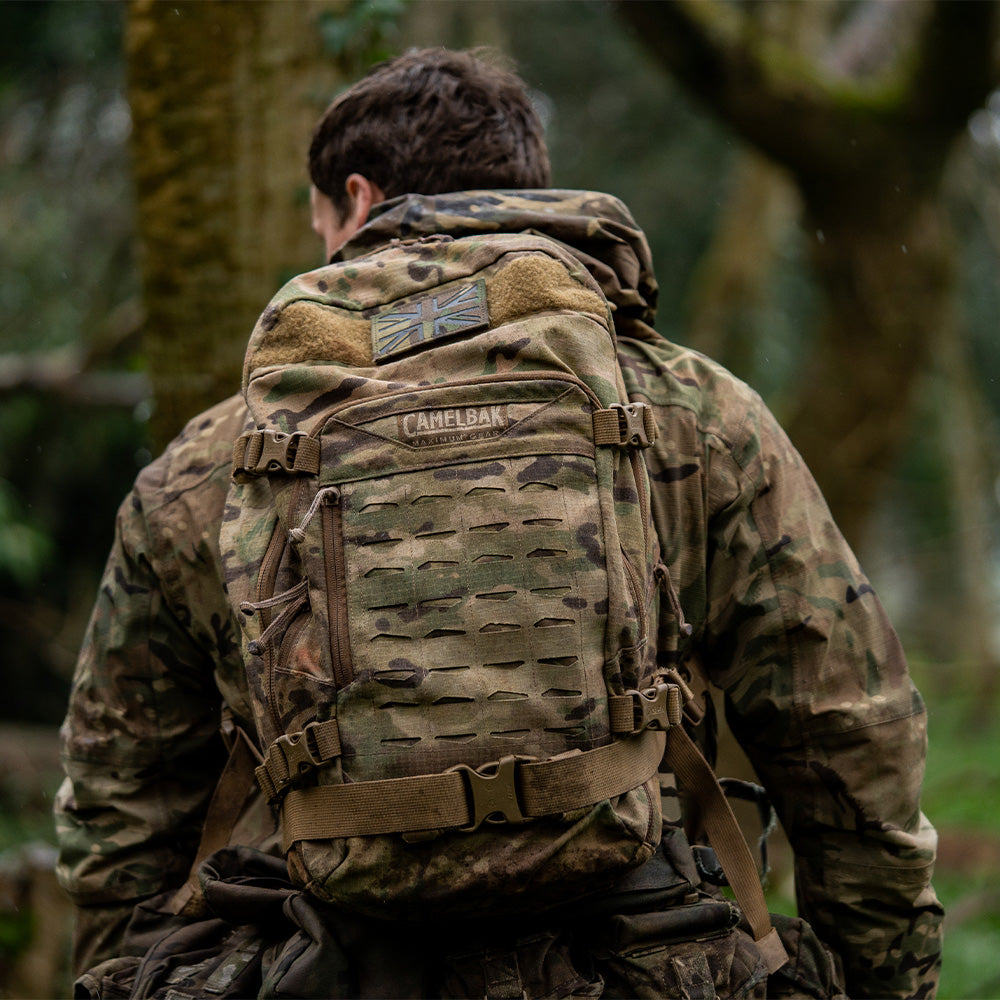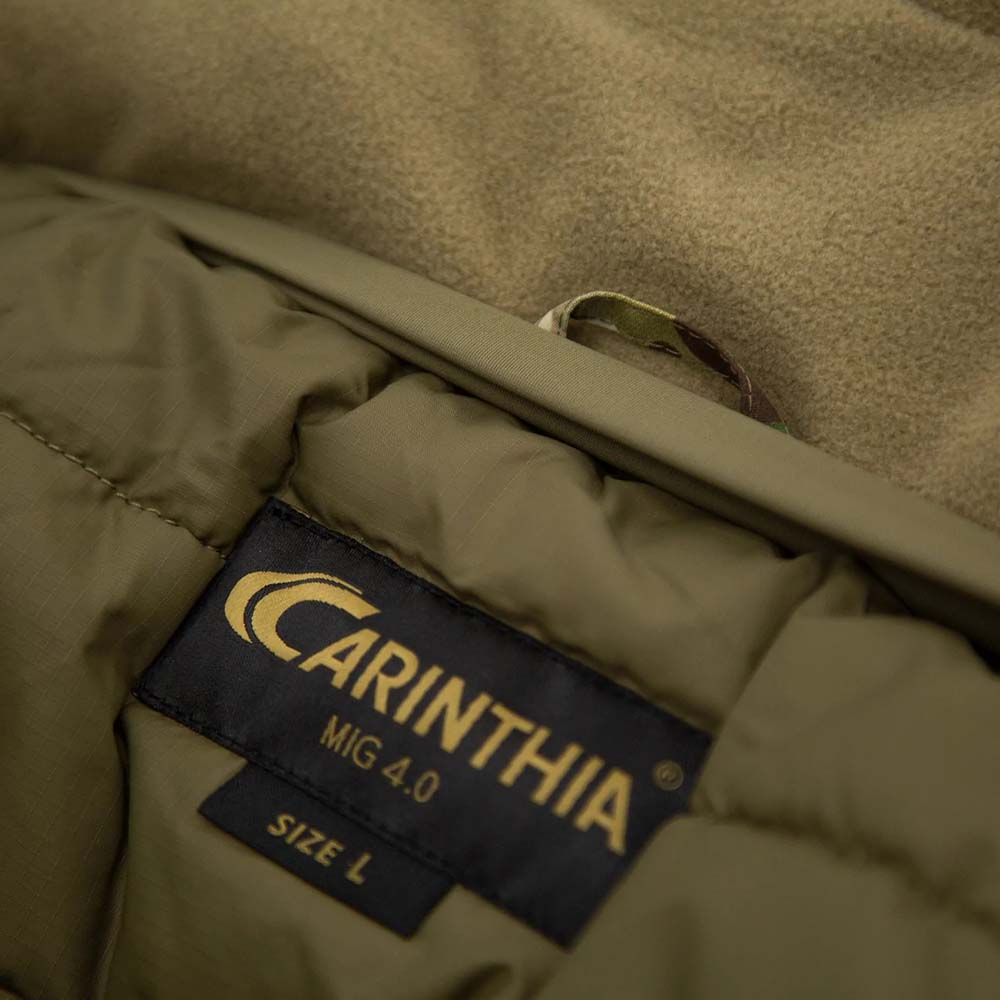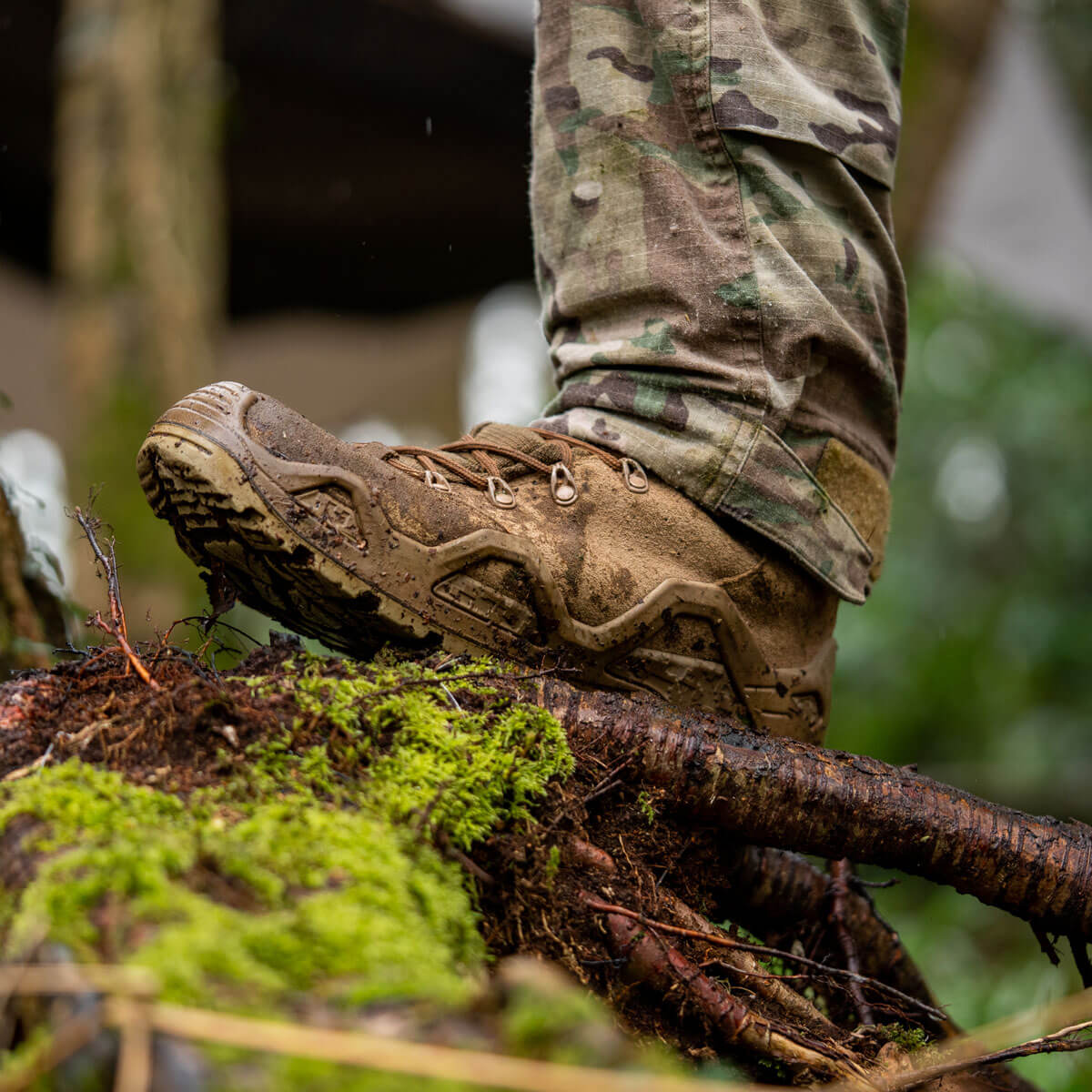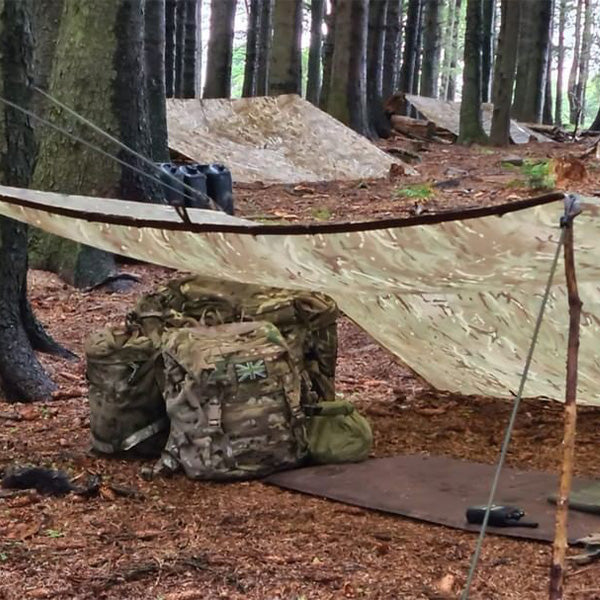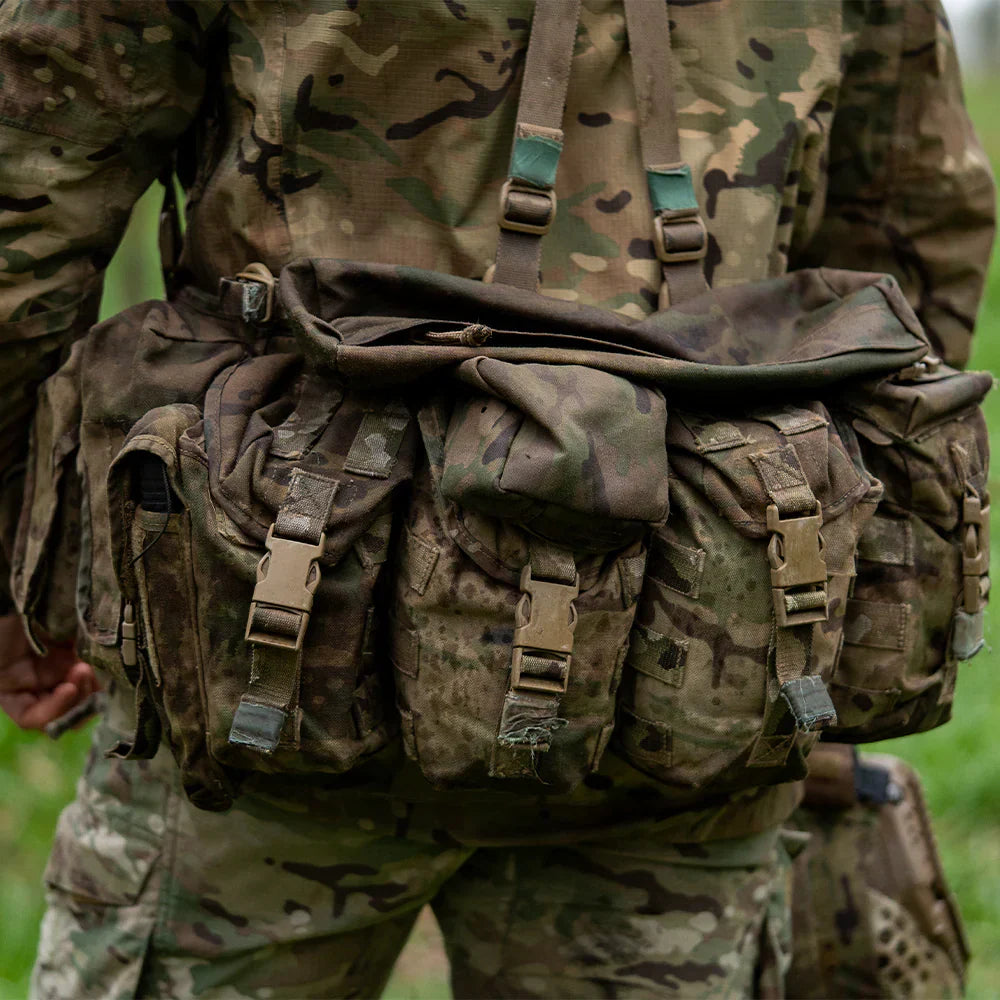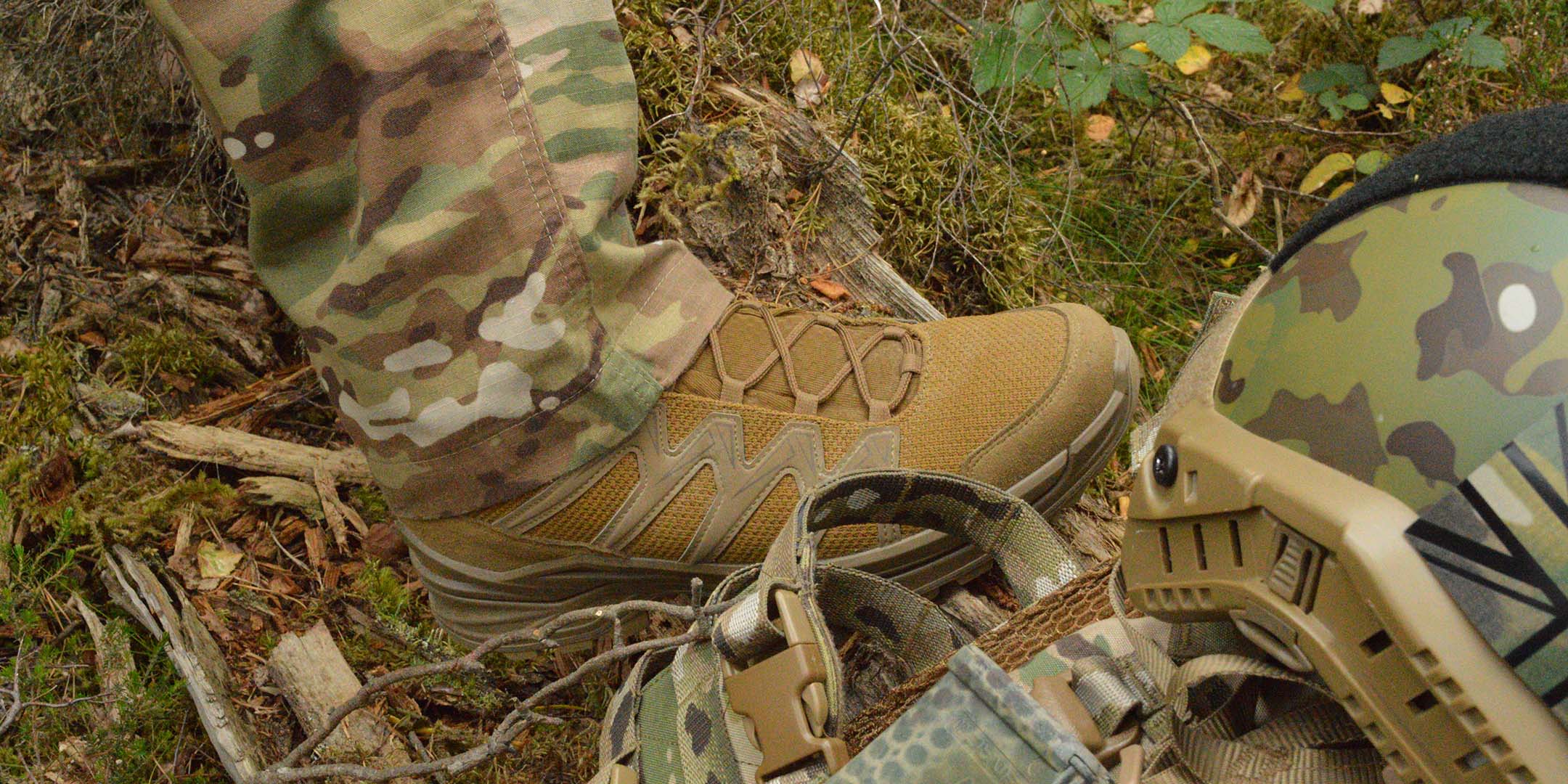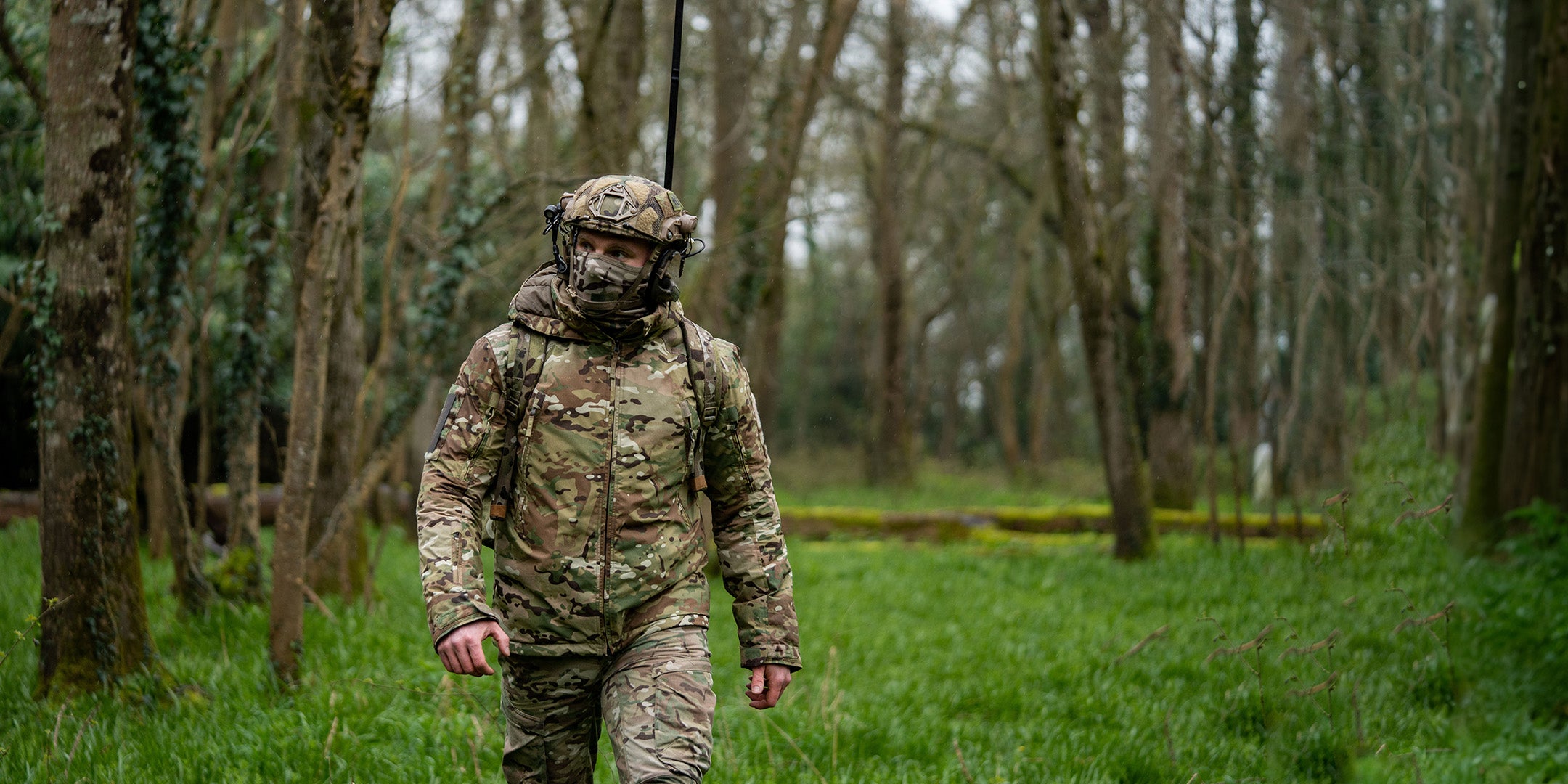For over a century, British army webbing designs have been a crucial element of military kit. These designs are extremely useful for providing accessible, easy-to-carry storage solutions for a soldier’s equipment, and have proven their worth time and time again in every theatre of war from the trenches of the First World War to the modern combat zones military personnel serve in today.
In this blog, we’ll take a look at the history behind this design and how British army webbing has changed to meet the needs of soldiers through the years.
1908 Pattern Webbing
Introduced in 1908, the tightly woven cotton webbing design created by the Mills Equipment Company replaced the more bulky leather gear that had been used by the British army in the Boer War. This British army webbing design consisted of pouches, a haversack, a bayonet frog and a webbing belt. It was durable and allowed for effective weight distribution, becoming a staple of a soldier's kit during World War I. The design was simplified in 1915 to make use of leather rather than cotton webbing to make it less expensive and faster to produce amidst the shortages created by the War.
1937 Pattern Webbing
The ‘37 pattern British army webbing modernised the soldiers’ kit during the Second World War to introduce a far more modular system. It too was manufactured from cotton webbing and was perfectly serviceable for near enough any frontline role within the military. It featured a webbing belt, ammunition pouches, a water bottle carrier, and a haversack.
1944 Pattern Webbing
Jungle warfare in the Pacific necessitated a design of British army webbing that was better suited to the climate, and the 1944 pattern was created to solve that problem. Rot-proof webbing offered much greater durability in the field, and the quick-release fastenings and larger pouches allowed the men to go on further for longer periods of time without sustaining equipment damage or fatigue.
1958 Pattern Webbing
The Cold War brought with it a brand new design for British army webbing. Now, British military webbing was making use of nylon and plastic components for much greater durability and rot-resistance. It was also the first design to start making use of kidney pouches and a poncho roll as standard. This design aged very well, remaining in service well into the 90s.
The Introduction Of PLCE
The late 80s brought PLCE, or ‘personal load carrying equipment’, into service, which became standard equipment for a British soldier throughout the 1990s and 2000s. The fabric was made out of very tough, infrared Cordura nylon, and the system was entirely modular, perfectly suited to a massive variety of roles in the field. Double ammunition pouches, utility pouches, a yoke and a webbing belt gave this pattern plenty of storage that was comfortable to use for long periods of time. This system remains in use within the army today.
Osprey And Virtus
While not webbing in the traditional sense, theatres such as Iraq and Afghanistan necessitated the incorporation of modular body armour into the design of a soldier’s kit. The Osprey and Virtus systems are full-scale body armour carriers that make use of MOLLE (modular lightweight load-carrying equipment) webbing to allow for full customisation of body armour to perfectly balance mobility and protection.
Shop Webbing At Task Force Military
From the rugged cotton of the 1908 pattern to the efficiency of MOLLE systems, the evolution of British Army webbing reflects the wider evolution of demands placed on British soldiers. We have also moved with the times, and stock a range of webbing and MOLLE options to suit your needs. Shop the full collections today and don’t hesitate to get in touch with our expert team if you have any questions.

